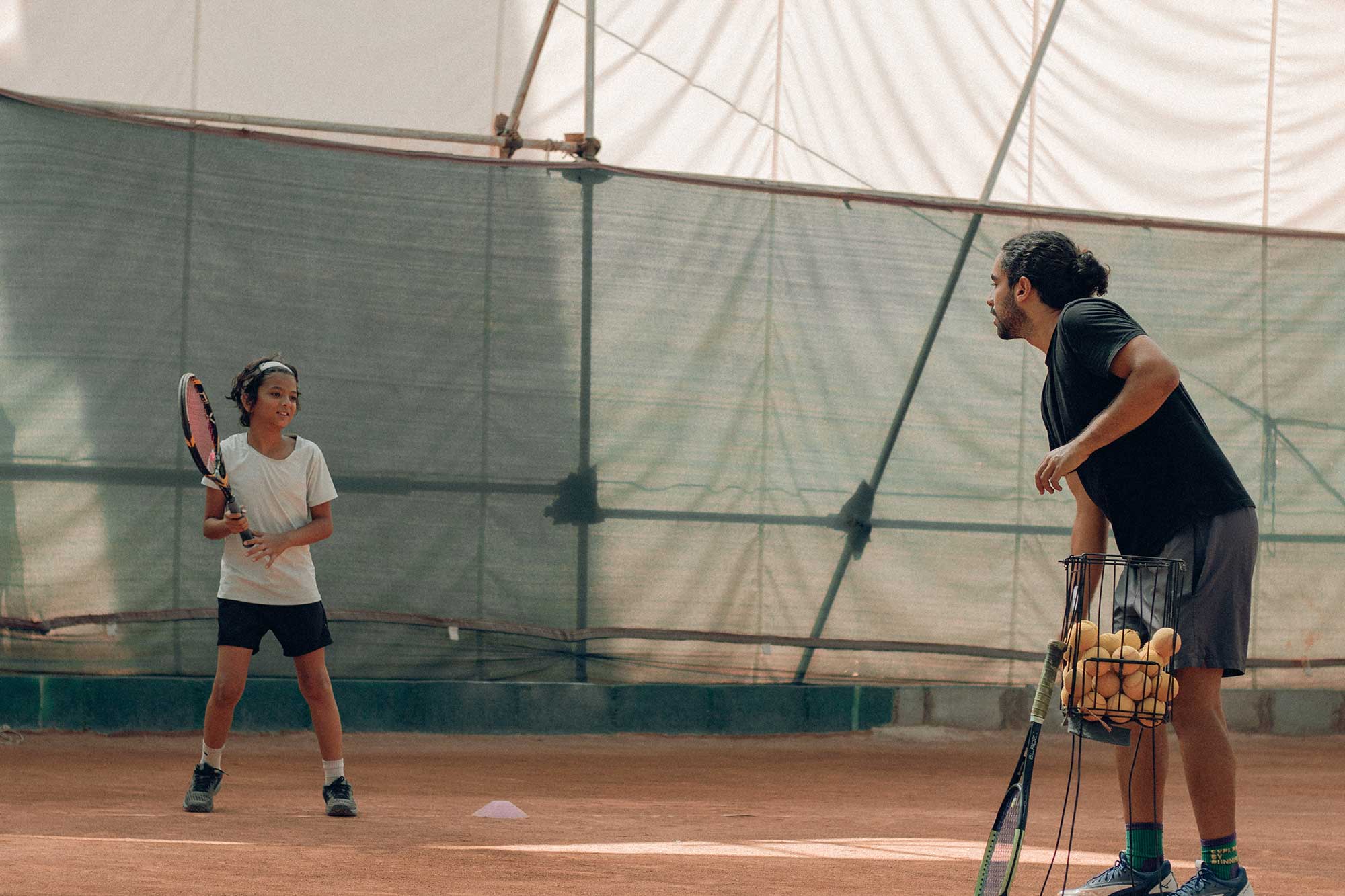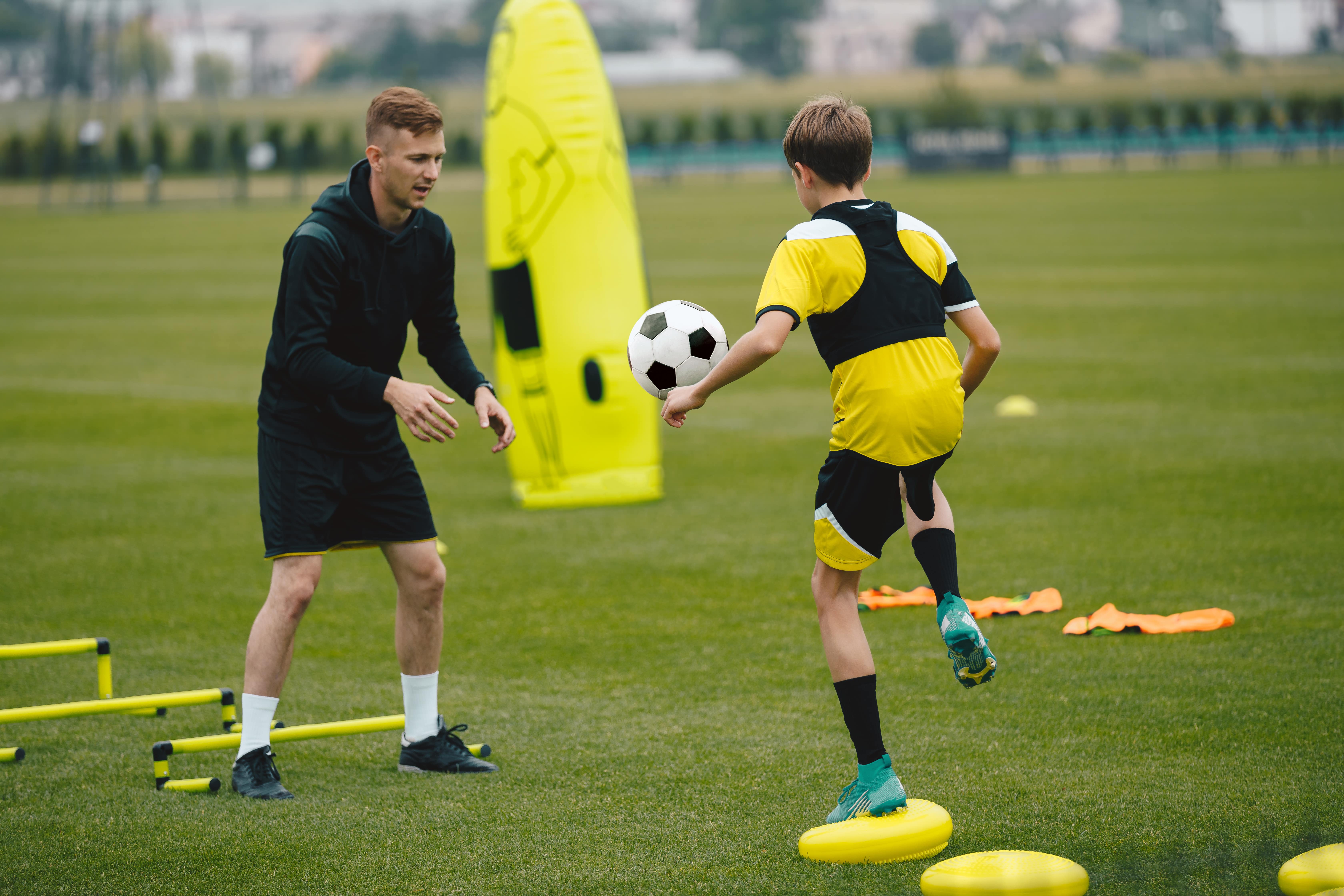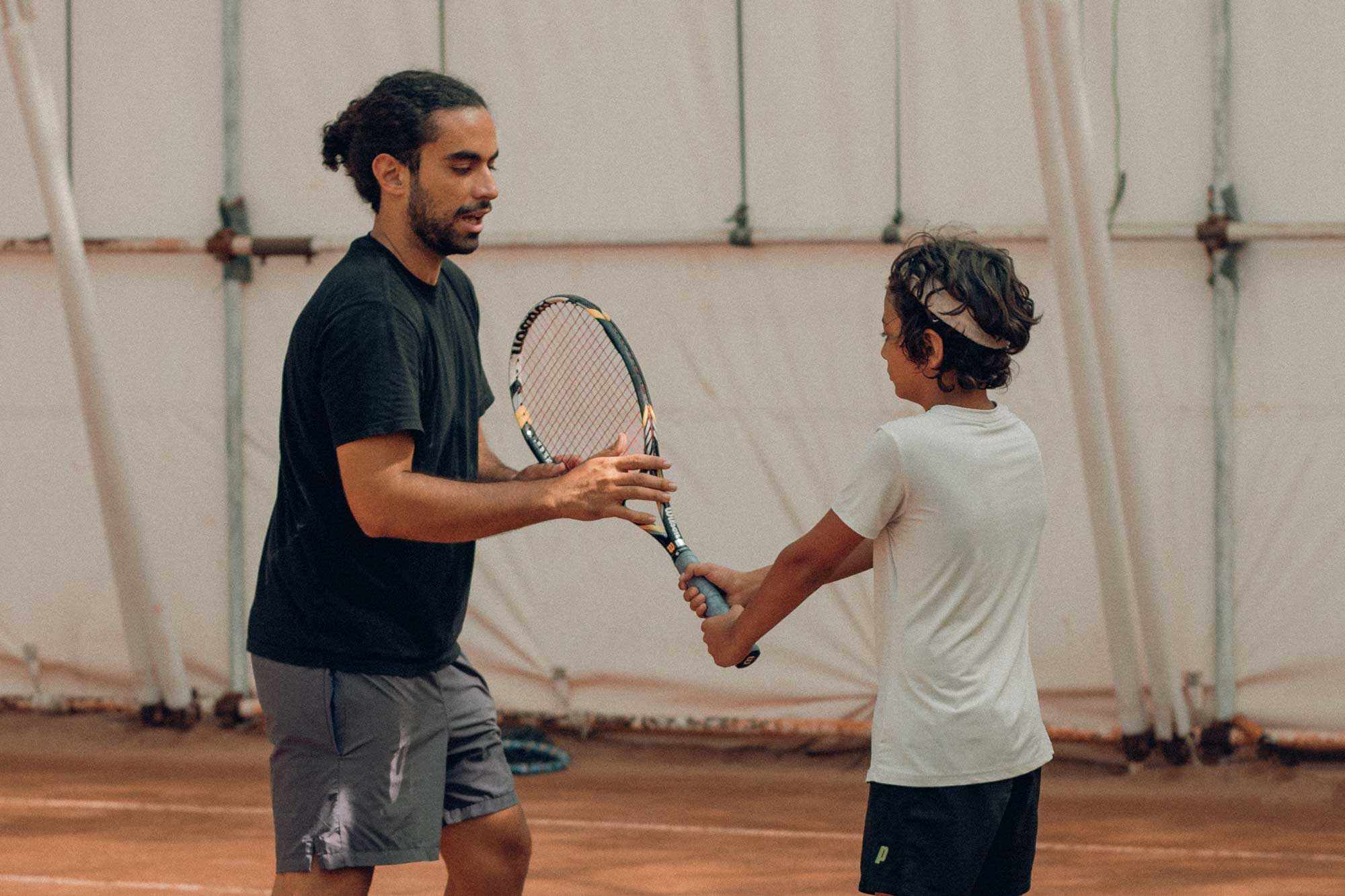
From Sports Coach to PE teacher, what are the Steps?
The journey from being a sports coach to becoming a physical education (PE) teacher is a natural progression for individuals with a passion for both sports and education. While the roles share common elements, such as fostering physical fitness and promoting teamwork, the transition requires careful planning and preparation. This article aims to provide a comprehensive guide on how to successfully navigate the path from a sports coach to a PE teacher.
Self-Assessment and Qualifications
Before embarking on the transition, it’s essential to conduct a thorough self-assessment. Reflect on your coaching experience, skills, and educational background to identify any gaps that need to be addressed. Most PE teaching positions require at least a bachelor’s degree in physical education or a related field. If your background doesn’t align, consider pursuing further education, such as a teaching certification, a degree in education, or a suitable qualification, such as: The 1st4sport Level 3 NVQ Diploma in Supporting the Delivery of Physical Education and School Sport.
Understand the Educational Landscape
Familiarize yourself with the educational system and curriculum requirements in your region. Research the specific qualifications, certifications, and licenses necessary to become a PE teacher. This might include completing teaching courses, obtaining teaching credentials, and passing necessary exams.
Gain Teaching Experience
Transitioning from a sports coach to a PE teacher involves a shift from coaching athletes to instructing students with diverse abilities and interests. Gain teaching experience by working as a substitute teacher, teaching assistant, or volunteering at local schools. This will help you develop classroom management skills, instructional techniques, and an understanding of pedagogical practices.
Professional Development
Continuously invest in your professional development. Attend workshops, conferences, and seminars related to physical education, teaching methodologies, and classroom management. Networking with experienced PE teachers can provide valuable insights and mentorship to help you excel in your new role.

Get qualified to work in schools teaching sports
Study towards the Level 3 NVQ Diploma in Supporting the Delivery of PE & School Sport. The approved qualification to become a School Sports Specialist.
Adapt Coaching Skills to Teaching
While coaching and teaching share common elements, there are distinct differences. Adapt your coaching skills to suit a classroom setting. Focus on creating inclusive lesson plans, developing assessment strategies, and nurturing a positive learning environment. Effective communication and the ability to motivate and engage students are crucial traits for a successful PE teacher.
Lesson Planning and Curriculum Design
Learn to develop comprehensive lesson plans that align with the educational standards and goals of the school or district. Integrate a variety of physical activities, sports, and fitness exercises that cater to different skill levels and learning styles. Incorporate age-appropriate activities to ensure a well-rounded PE curriculum.
Embrace Technology
Embracing technology can enhance your teaching effectiveness. Utilize digital tools for creating interactive lesson materials, tracking student progress, and communicating with parents or guardians. Technology can also be used to introduce students to fitness apps, online resources, and virtual sports simulations.
Building Relationships
Successful PE teaching involves building strong relationships with students, parents, and colleagues. Encourage open communication, provide constructive feedback, and create a supportive learning environment. Collaborate with other teachers to integrate physical education into broader educational initiatives.
Obtain Necessary Certifications
Ensure you have obtained all the required certifications and credentials to teach physical education in your jurisdiction. This may include specific teaching licenses, first aid and CPR certifications, and any other relevant qualifications.
Transitioning from a sports coach to a physical education teacher is an exciting and rewarding journey that requires careful preparation, dedication, and a commitment to ongoing learning. By assessing your skills, gaining teaching experience, adapting coaching techniques, and embracing the principles of education, you can successfully make the shift and positively impact the lives of your students through the world of physical fitness and education.
What Route(s) can I take?
As mentioned in the “What Qualifications do you need to Become a PE Teacher in the UK?” article, there can be a lot of requirements and a few different routes to go down, in order to become a PE Teacher. University being the “popular” route, and a few more obscure ones. The slightly more “obscure” routes do not require university admission, which might be a big plus for many who are looking to become PE teachers, but who do not have the money or time commitment to attend university. Earning a degree by attending university is a great way to obtain Qualified Teacher Status (QTS), however a QTS equivalent is achievable by other means.
University
Typically, to become a teacher in the UK you need to obtain a degree or a Postgraduate Certificate of Education (PGCE) from an accredited University, to be qualified and accepted as a teacher in any subject, otherwise known as Qualified Teacher Status (QTS). An undergraduate degree in teaching takes a minimum of 3 years, and a PGCE is 1 year full-time, or 2 years part-time. It is important to note that although obtaining both (a PGCE and QTS) might seem as though they are requirements, there are some schools that do not require these in order to teach at their school. For example: you do not need a QTS to work in academies or independent schools, nor do you need to obtain a PGCE in order to obtain your QTS. There are a few different combinations (in terms of the qualifications that you can hold) that can enable you to work as a PE teacher. Clearly, having as much experience and as many qualifications/certifications as you can get will be great for building your knowledge, confidence, and competence around PE teaching.
School Direct
These are school-led courses that offer a chance of a more “hands-on” approach during training as you are immersed in the world of what your potential future career might look like. You might work in two school environments as you learn. This is a hugely beneficial as the more experience you acquire, the more knowledgeable you will be when you become a PE teacher. These courses offer the equivalent of a postgraduate qualification and generally last about a year.
Some programmes might cover your tuition fees and there are even salaried options as well, meaning that you will be paid whilst you are completing the course. The majority of School Direct training programmes include a PGCE qualification, but not all do. If that is the case, you will be learning even more from this method of training. You might be charged for your PGCE fees if it is a part of your particular training programme. The route is available for both primary and secondary teaching and is run by individual schools or a group of schools.
Whilst this sounds like a great way to achieve QTS, it is important to note that many School Direct programmes do require the individual to hold an undergraduate degree awarded by a UK higher education provider, or a recognised equivalent qualification. You will also need to have achieved a standard equivalent to grade C/4 (or above) in GCSE Maths and English and if you are wanting to teach pupils aged three to 11, you will need a standard equivalent to a grade C/4 (or above) in GCSE Science as well.
So, if you are looking to avoid attending university, then unfortunately this will not be the preferred route for you.
How To Become a P.E. Teacher Without Going to University
Whilst attending university appears to be the most popular route chosen to earn QTS, not every person who aspires to become a PE teacher might be in the position to commit or want to complete a university level qualification. Thankfully, there are other ways to become a PE teacher which do not involve having to attend university. There are a wide range of other professional qualifications and training that are available that act as significant steppingstones to get into the world of teaching.
These courses will provide hands-on experience across various educational settings, which will provide participants with a great range of experience that will improve their employability massively. As with School Direct, there are opportunities to be paid while they learn, and help to guide them along their pathway to becoming a PE teacher.
QTLS
The Qualified Teacher Learning and Skills status (QTLS) provides professional status for post-16 education. It is not a qualification but is a recognised professional status within the field of teaching.
The Society for Education and Training (SET) has designed challenging but achievable eligibility criteria to drive professionalism in the Further Education (FE) and Training sector. Although it might be rigorous, the eligibility criteria are there to ensure that employers have the assurance that QTLS holders are highly qualified and highly skilled to support their learners.
Core criteria includes:
- be an active member of the Society for Education and Training (SET).
- hold an eligible FE and Training teaching qualification at Level 5 or above.
- hold an eligible level 2 maths qualification.
- hold an eligible level 2 English qualification.
- hold a level 3+ subject specific qualification.
- hold a level 3+ qualification in subjects that you teach for 5 or more hours per week.
- hold a level 2 or above SEND qualification (related to an FE setting) if you work in a SEND/SEMH setting/department.
- be teaching/training groups of five or more post-14 learners in a Further Education and Training setting for a minimum of ten hours a week, throughout the Professional Formation programme.
- have identified a suitable supporter.
The criteria that must be met is quite thorough, and for some wanting to apply for QTLS, this number of criteria may be daunting, but on completion; since April 2012, government legislation has acknowledged that people who hold a GTLS and are members of The Society of Education and Training (SET), are equivalent in their professional position than that of teachers who hold QTS.
In short, if you hold a QTLS and are a member of SET, you will be able to teach across all subjects and can have access to equal pay and conditions as teachers who hold QTS.
There is quite a bit of work to be done if you want to apply for a QTLS, but it is definitely a more accessible route to becoming a PE teacher as it allows you to achieve professional standing (equivalent to those who hold a QTS), without needing to attend university.
How to Become QTLS
To obtain QTLS status, you must complete the Level 5 Diploma in Education and Training or enrol in a programme that helps you obtain QTLS status. It is the most advanced Regulated Qualifications Framework (RQF) teaching qualification. It builds upon content found in the Level 3 & 4 Award in Education in Training but can be completed without having completed those.
If you do not have a degree and wish to teach, the Level 5 Diploma in Education and Training is a great option.

Get qualified to work in schools teaching sports
Study towards the Level 3 NVQ Diploma in Supporting the Delivery of PE & School Sport. The approved qualification to become a School Sports Specialist.
1st4Sport NVQ Level 3 Diploma
There is another route where you can become a PE professional, and that is the 1st4Sport NVQ Level 3 Diploma in Supporting the Delivery of Physical Education and School Sport.
If you’re aged 16-24 years and have a passion for sport and working with young people, you can complete the 1st4sport Level 3 NVQ Diploma in Supporting the Delivery of Physical Education and School Sport.
The great thing about enrolling on this course is that it only takes 12 months to complete, and you do not need any previous professional qualifications to apply. Once completed, you can become a PE Lead, Coordinator, Sports Coach or School Sport Professional.
Developed in partnership with the Association for Physical Education (afPE), the 1st4sport Level 3 NVQ Diploma is recognised as the industry standard qualification for Senior Children’s Activity Professionals, by the trade association for providers of sports and physical activity in schools and the wider community, otherwise known as, The Compass Association.
The Association for Physical Education (afPE) has also stated they believe that “by 2015, coaches employed in or by schools supporting Curriculum time P.E. should be qualified to a Level 2 National Governing Body (NGB) Award and be working towards a Level 2 and 3 Certificate in Supporting the Delivery of Physical Education and School Sport or equivalent, to comply with the forthcoming afPE Safe Practice Guidance for Schools.” (March 2013).
The qualification also has the support of CIMSPA, the Chartered Institute for the Management of Sport and Physical Activity, as an industry-relevant qualification contributing to the industry’s professional framework.
You can hit the ground running by working within primary or secondary schools, sports coach clubs or a private P.E. provider, and enjoy immediate hands-on experience.
This accessible course also provides a fantastic foundation for building your skills and experience from a young age, so you can develop your professional status in the field of sports education at the time and pace that suits you.
You can quickly register for the NVQ Level 3 online, without any previous formal qualifications required. The cost is affordable and can be broken down into manageable instalments throughout your year of training. Funding may also be available for some if not all of your fees, and it’s incredibly easy to find out if you qualify – simply apply online and you’ll be informed if you’re eligible for funding support.
When completing the 1st4sport Level 3 NVQ Diploma in Supporting the Delivery of Physical Education and School Sport, with Teach Sport, you will be allocated a tutor who checks in with you regularly to make sure you are keeping up with the demands of the course and who will be available to answer any questions that you may have regarding anything. We have also made a portal with all the course content on there, readily available so you can get to completing the course at your own pace. It also has email addresses of all tutors, including a link that takes you to a booking page where you can book in a face-to-face call to chat about anything you need.


What Qualifications do you need to Become a PE Teacher in the UK?
A qualification that allows you to train whilst you earn and gives you the opportunity to work in primary schools teaching lots of different sports.